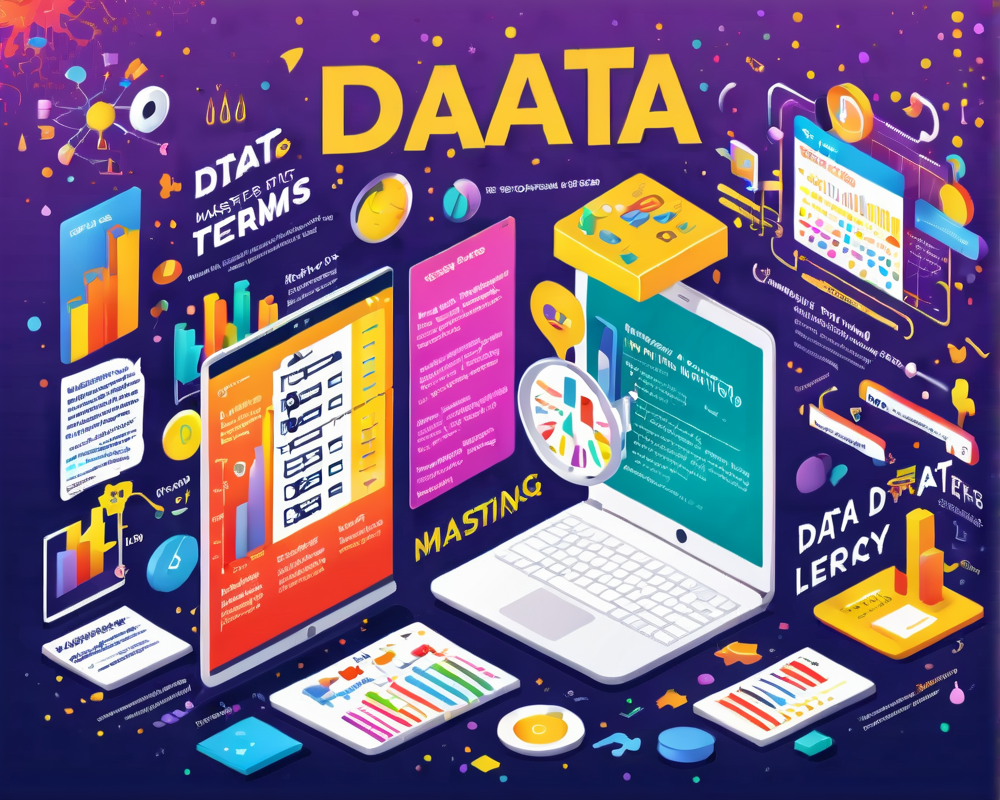Understanding Big Data
Big data represents those massive collections of information that can make even the most seasoned data scientists break into a cold sweat. It’s not just about size; it’s about ‘volume, velocity, and variety’—three terms that sound like they belong in a marketing pitch but are actually key to understanding these daunting data sets. From social media interactions to sensor outputs, big data comes at businesses fast and from all directions. It’s like trying to drink from a fire hose, but more refreshing!
Diving Into Data Analytics
Data analytics is like putting on your detective hat and looking for clues within the tumultuous sea of information. It’s about interpreting trends and making sense of the data you have at your disposal—basically, turning raw data into gold! Unlike big data, which focuses on the enormity of it all, analytics zeroes in on extracting actionable insights. Think of it as your personal treasure map through the data jungle.
The Magic of Data Mining
Data mining is where the real magic happens. It’s not just sifting through sand for gems; it’s using sophisticated techniques to uncover hidden correlations and patterns. Techniques like clustering and classification are your trusty tools in this endeavor—like a data miner’s pickaxe and shovel. Want to know what your customers are secretly craving? Data mining has the answers lurking beneath the surface!
Decoding Data Governance
Imagine data as a rowdy teenager—full of life, but in need of some serious guidance. That’s where data governance steps in. It’s all about establishing rules and processes that ensure your data is accurate, secure, and compliant with various standards. Without this crucial oversight, organizations risk their data turning into a wild west of chaos. Think of it as the parental control of the data world—keeping everything in check!
The Charm of Data Visualization
No one wants to stare at endless columns of numbers. Enter data visualization, the art of making data look good! Using charts, graphs, and dashboards, it transforms mundane stats into eye-catching visuals that can help anyone grasp complex information in a snap. It’s like dressing up your data for a night out—it might go from drab to fab!
The Lowdown on Data Warehousing
Data warehousing is akin to a well-organized closet—everything neatly stored so you can find what you need in an instant. It centralizes structured and unstructured data into a single repository, making life easier for anyone who needs to analyze it. Without a data warehouse, you might end up playing ‘Where’s Waldo?’ with your data, and nobody has time for that!
What’s Up with Data Lakes?
Now, if a data warehouse is a structured closet, a data lake is more like a swimming pool filled with every kind of data imaginable—raw, unfiltered; basically a wild party of information! It allows data scientists and analysts to dive in and discover whatever they want without predefined schemas. Need some insight on customer behaviors? Jump in and swim around!




